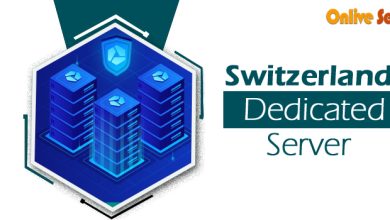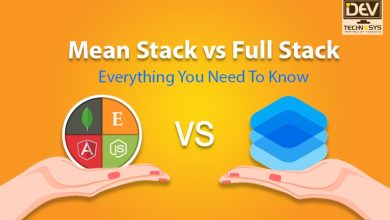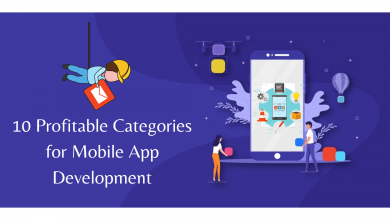Three Key Trends in IoT Sensors in 2021

Connected sensors are an essential part of the Internet of Things (IoT) solutions, and the market is showing dynamic growth across various verticals. According to Future Market Insights, the main driver of the connected sensors market is a direct result of companies making greater investments in sensor devices that are used to provide real-time information and services to businesses.
By 2021, more companies will look to holistically connected technologies to better regulate and increase the implementation of IoT devices. As higher bandwidth and connectivity solutions develop, LoRa devices and the LoRaWAN open protocol will complement and fill the gaps left by traditional networks such as Wi-Fi and Bluetooth. With smart sensors, developers can build solutions to rapidly build applications that meet individual needs with faster deployment.
This year, IoT-based solutions leveraging connected sensors will impact many industries, and we need to rethink how we leverage long-range and low-power technologies in our business models.
Trend 1: Asset Tracking
As supply chain risk management becomes increasingly critical, asset management solutions will be a priority in 2021. Geolocation, network connectivity, transceivers, etc. need to be integrated into one device, to cloud solutions, for more advanced integration. This increases flexibility, reduces cost, reduces power consumption, and reduces time.
In 2020, asset tracking solutions will help remove uncertainty around the pandemic and improve safety. Through more advanced surveillance and tracking applications such as contact tracing. Such use cases will remove some of the uncertainty in health and wellness, allowing individuals and healthcare workers to better utilize resources and increase efficiency.
The new asset tracking system supports indoor and outdoor solutions. It has a higher return on investment (ROI), lower equipment and infrastructure costs. And will drive a high volume of transactions this year.
Trend 2: Smart Home
The smart home market is in the midst of a transition from gimmicky apps to devices that improve the efficiency of real-world use cases.
Consumers used to buy what they thought was cool, but now they need solutions that deliver real benefits. For example, more homeowners will start using sensors for motion tracking, door lock management, and electrical outlet monitoring.
By 2021, there will be a growing demand for smart sensors. The biggest feature that consumers will need in the future is interoperability. With IoT devices with smart sensors, consumers will want to link their smart home applications together.
At the same time, as the smart home market continues to grow. Consumers want the freedom to buy products and connect them.
Trend Three: Smart Utilities
By implementing sensors and gateways, utilities and metering companies can collect data and use personnel to streamline operations. Connected sensors are valuable to the utility market, not only with flexibility but also with benefits.
Utilities will get smarter with technologies that provide real-time data and bandwidth capabilities to support numerous connected devices to improve system resiliency, reliability and security and save costs.
As more industries turn to smarter, sustainable, and reliable sensor-based solutions for metering and other smart applications, companies deploying IoT sensor technology will be early leaders in the field.
As 2021 approaches, there is a growing demand for simplified, flexible, and user-friendly IoT devices, which encourages widespread connectivity access. With so many connectivity options, smart sensors will help maintain a secure and reliable connection.




